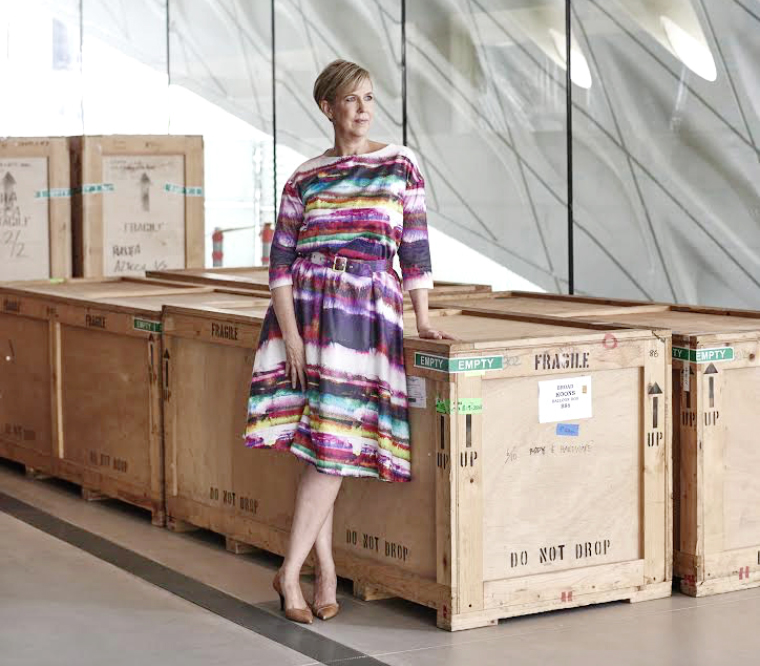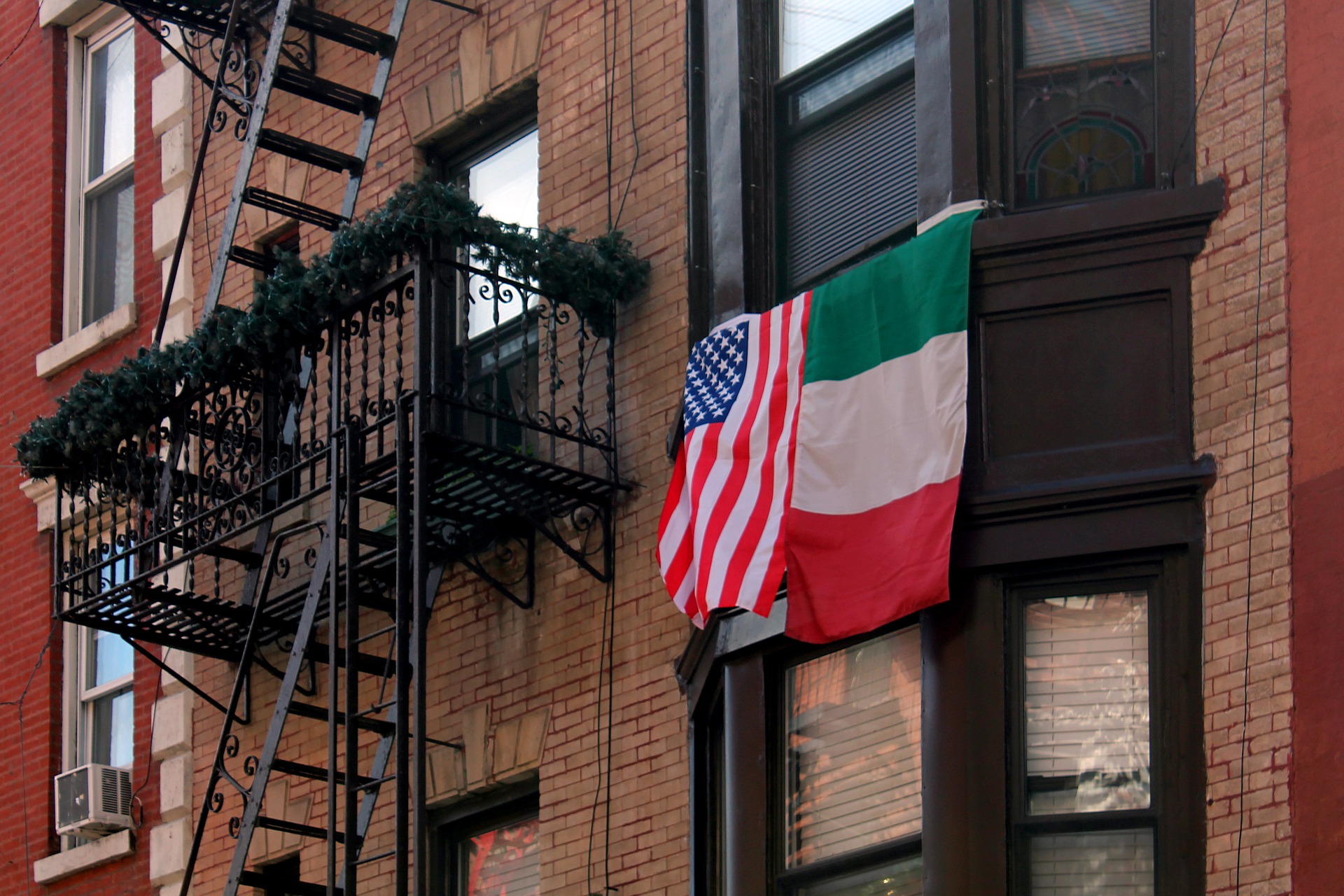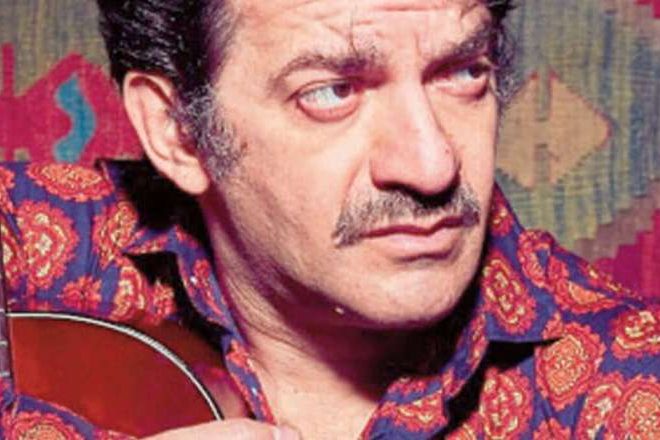Everything is special at The Broad, newly inaugurated museum of contemporary art in Downtown L.A.
First of all, the people: Eli and Edythe Broad, the couple behind the artistic “upgrade” and reshaping of Los Angeles’ Grand Avenue. Among the top two hundred richest people in the world, the two philanthropists and patrons of the arts, over the past five decades have put together a collection of 2,000 works by more than 200 artists, recognized as the most extraordinary representatives of postwar and contemporary art worldwide. Eli and Edythe Broad created The Broad Foundations – The Eli and Edythe Broad Foundation and The Broad Art Foundation – “to advance entrepreneurship for the public good in education, science and the arts” (see official website: www.broadfoundation.org).
Secondly, the museum’s architecture, realized by the world-renowned firm Diller Scofidio + Renfro (DS+R), an interdisciplinary design studio that integrates architecture, visual arts, and performing arts. The porous and absorbent building’s structure, nicknamed “the veil and the vault”, combines a state-of-the-art gallery space, spread over the first and third floors, while the collection storage, conceived for the museum’s broad lending activities, is located on the second floor. As a matter of fact, The Broad museum hosts The Broad Art Foundation that since 1984, has aimed at promoting public appreciation for contemporary art through an ambitious loan program, granting works of art for exhibitions in accredited institutions worldwide.
Last but not least, the breathtaking art collection itself, which comprises some of the most interesting works by contemporary Italian-American artists, such as John Baldessari. In this regard, let’s hear directly from Joanne Heyler, founding director of The Broad, who has curated its collection and directed the foundation’s lending library program since 1995.
What makes The Broad collection unique?
The Broad collection represents the vision of two individuals, Eli and Edith Broad, whose collecting journey began five decades ago. It represents the Broads’ personal and evolving interests in challenging, beautiful, and provocative artwork that speaks to our current cultural and political moment. The depth of the Broad’s holdings of many artists’ work is unparalleled at least on the West Coast, such as Joseph Beuys, Roy Lichtenstein and Cy Twombly; and from an international perspective, the Broad collection features more Cindy Sherman’s and Jeff Koon’s than anywhere else in the world. These holdings represent more than just a collection of works under one roof; they also symbolize the Broads’ commitment to an artist’s career as it develops over time. The opportunity for a visitor to see an Ellsworth Kelly work from 1963 and one from 2011 in the same gallery is truly a rare and special treat.

Please, tell us your opinion about John Baldessari’s thought-provoking works?
John has a fascinating mind. His work is incredibly erudite and composed, but always with humor and a sense of generosity to the viewer. He is such an influential artist and educator in Los Angeles and beyond. His distinctive mark can be seen on younger generations of artists, who very selectively catalog and borrow from pop culture to reveal its patterns and perversions. John’s work celebrates and satirizes art, and the feel of it is very unique to Los Angeles. We are constantly grappling with “image versus essence” in L.A.—and have been for a while thanks to Hollywood—although the rest of the world may be catching up to us.
And what comments about Rudolf Stingel’s work Untitled, 2010, which defies the idyllic portraits of his hometown Merano, in Northern Italy?
This series of paintings, which Untitled is from, is based on vintage black and white photographs of Merano, Stingel’s hometown. The artist has taken a small snapshot and blown it up to monumental proportions, including all of the scratches and marks that accumulated on the original photographic print. The specific mountain scene on view has accumulated another layer of incidental marks, as the artist kept the painting on his studio floor. As with many of Stingel’s works this painting merges the present and the memory of the past and a personal experience with a cultural identity. Like many works at The Broad, it is conceptually rigorous and quite evocative.
The collection displays several photographic works. What are the criteria behind this curatorial choice?
The language of photography – the push and pull of the fictional and representational worlds it presents and the creation of new ones – is so embedded in our culture. In a collection that has expanded its vision in concert with the living art and artists it collects, photography has become such an essential component. The 1980’s were such an important time for the Broads’ expansion in their collection. The Pictures Generation artists, the likes of Cindy Sherman, Sherrie Levine, and Richard Prince, were appropriating the language of advertising and desire, often through the lens of photography. Approaching photography as a more traditional, compositionally driven form are the students of Bernd and Hilla Becher, artists like Thomas Struth and Andreas Gursky. Their work explores the mechanisms of our increasingly globalized world.
What’s next on The Broad’s schedule?
We are working on many exciting events, lectures, and exhibitions, many of which will be announced in further detail, very shortly. The basis for all of our programming always stems from The Broad’s commitment to the artists and themes, present in the collection. We aim to engage families, as well as explore currents, that may be lesser known or, perhaps, may result to be even surprising to the public. We are going both to dig deep into our artists’ holdings to present a monographic presentation, unique to The Broad collection, as well as exhibit our ever growing acquisitions of many works, which have never before been seen in Los Angeles.




























